During the last few weeks, the sensitivity of agriculture to the dreaded frosts, typical of winter weather conditions, has become clear. Although it is true that more and more frosts hit areas that are not used to this type of meteorological accidents.
On the other hand, and thinking in the short term, the passage from winter to spring is not a smooth and progressive transition, but is characterized by large ups and downs in temperature and sudden changes in weather, which as soon as they take us to a time purely winter like a few days of almost summer heat.
The last days of winter and the change of season to spring, is one of the times of the year in which the evolution of the atmosphere is more unpredictable in the short and medium term. The equinoctial dates, which mark both the transition from winter to spring, and from summer to autumn, are particularly eventful in terms of weather, since at this time of the year the atmospheric circulation in mid-latitudes is in full adjustment phase. In this “fight” between the cold and the heat, cold entrances sneak in towards the south, which are responsible for the weather changing abruptly and wintry weather temporarily prevailing.
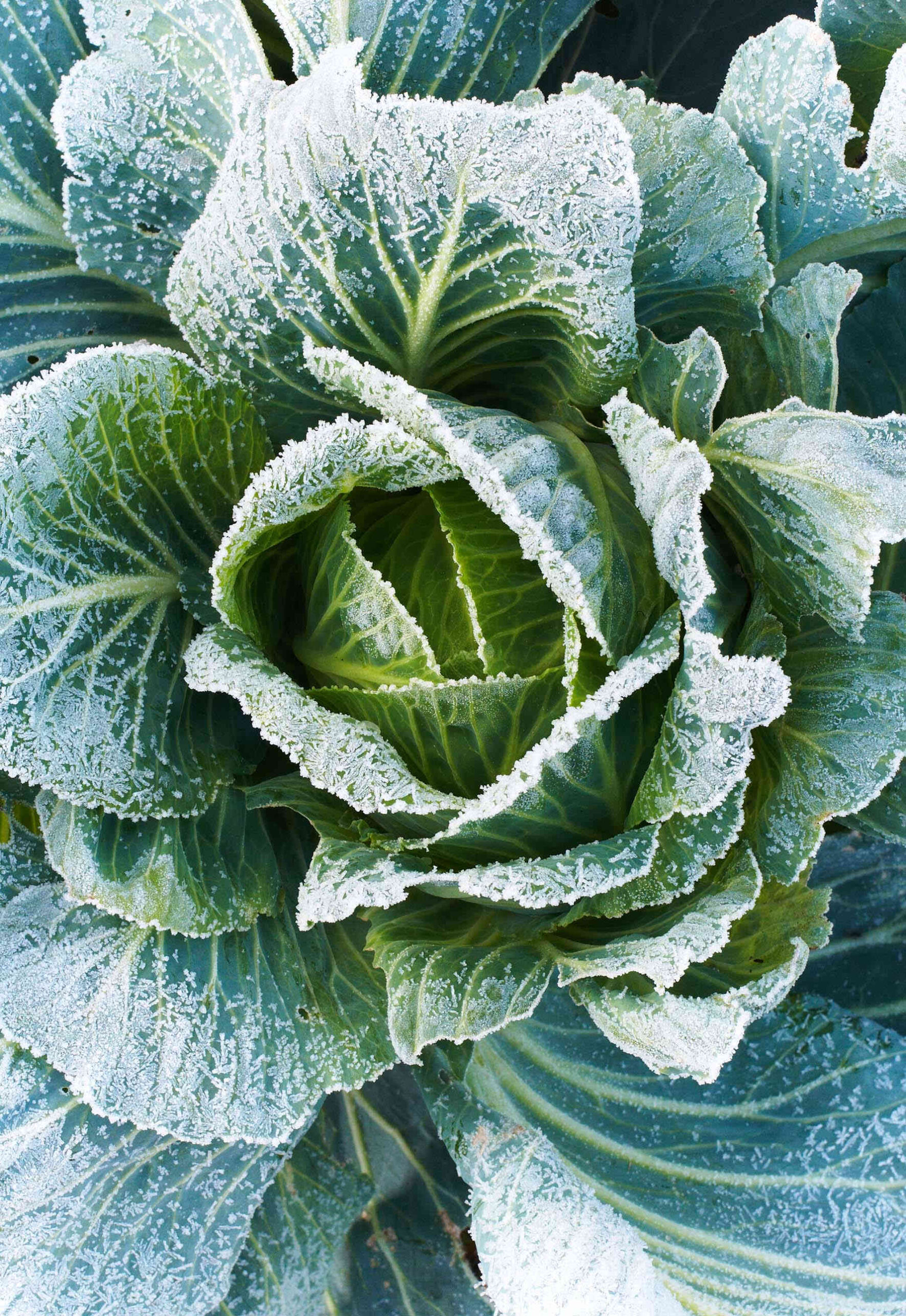
These sudden changes in weather, with significant rises and falls in temperature, are not lacking in the months of April, May and even June, which sometimes gives rise to the dreaded late frosts. The already advanced stage of the vegetative cycle of crops means that the plants already show bare parts that are very sensitive to low temperatures, unable to resist a frost of some importance.
Temperature has a direct impact on the biochemical processes of plants. Cold, heat and thermal amplitude affect the flower and the fruit at different stages of the growth cycle. In winter the trees go into a dormant state. This allows them to withstand low temperatures and develop the buds that will produce flowers and fruits in spring and summer.
When the temperature drops below 0ºC (frost), the environmental condition becomes critical for the development of the physiological processes of plants and their tissues, which can be severely damaged by freezing.
Frosts can be classified according to the season in which they occur: winter, spring or late. The winter ones affect the perennial fruit species and the spring ones affect the same species and the deciduous trees that have begun their vegetative development. They can also affect horticultural species, although these, being seasonal plants, may have a certain tolerance if the frost is not excessively severe.
Crops are most sensitive to frost after initial bud development to the small fruit stage, which is when crops are most sensitive to freezing.
The most dangerous frosts are normally irradiation frosts, which occur in spring, a time when vegetative development is important, with buds already formed and even with open flowers, this being the most vulnerable moment.
The severity of frost damage to plant tissues depends on several factors, including:
-
Age of plants
New plants, because they have tender tissues, are more sensitive to frost than adult ones. In addition, the damage can compromise the entire plant and thus cause its death. On the contrary, in adult plants, only the periphery of the tree is usually burned, in such a way that it would still be able to sprout vigorously from buds located in the shoots of the interior zone.
-
Phenological state
Plants whose shoots are actively growing are more sensitive to frost damage. Hence the importance of avoiding late nitrogen fertilization in autumn, especially in new plants, to prevent shoots from developing during the winter period.
-
Plantation location
Planting on hillsides significantly reduces the risk of frost damage, as cold air is heavier and tends to settle in lower areas.
Depending on the intensity and duration of the frosts, the damage to plants can reach different magnitudes, from death to slight burning of peripheral leaves. However, it must be borne in mind that severe cold causes the loss of the production (fruits) of the season and also compromises the production of the following season, by destroying the new potentially fruit-producing shoots.
Subsequent management in fruit trees
Once the frost has occurred, certain cultural practices can accelerate the recovery of the fruit orchard. Among them stand out:
- Pruning: A waiting time of several weeks is recommended before pruning dead wood. The extent of the damage must then be assessed. Once the frost risk period has passed, a pruning is carried out whose purpose is to remove the affected shoots and branches.
- Protection against radiation: after pruning and considering that one of the effects of frost is severe leaf fall, the trunk and shoots are exposed to sunburn. Its protection with products authorized for this purpose is recommended.
- Fertilization: it should start in spring, with shoots of 5 to 10 cm. The amount of nitrogen to apply will depend on the intensity of the frost damage. The greater the damage, the less amount will be applied, because the plants will have outbreaks and the requirement will be less. In addition, the applications must be divided into as many times as possible. Foliar fertilizers can be a good help when budding has started.
- Irrigation: it is not advisable to abuse irrigation, since the low number of leaves does not allow normal evapotranspiration. It is recommended to start them together with the fertilization program, as long as it has not rained. In general, the use of irrigation water and fertilizers must be rational to avoid excessive growth of shoots.
- Pests: the health of the shoots must be taken care of so that they develop without limitations, particularly free from attacks by insects or diseases.
Faced with the occurrence of frost, there are two working methods to mitigate the economic damage to crops: passive methods, which are carried out before planting, and active methods, which are those that are carried out with the plantation already established.
Passive methods
-
Selection of the place to cultivate
There are places that have a higher frequency of occurrence of frosts, due to the cold air, slope, exposure and type of soil. Low sectors tend to accumulate cold air. The conduction characteristics and heat storage capacity vary from one soil to another.
Those areas with higher occurrence of frost should not be cultivated with species susceptible to low temperatures. Before making a decision to plant or cultivate in a given area, the farmer must gather information about the occurrence of low temperatures in that area.
-
Species selection
There are different degrees of frost susceptibility between species and varieties. In addition, some root patterns confer certain degrees of tolerance to low temperatures. Hence, there are autumn-winter and spring-summer vegetables, or varieties of fruit trees with early, medium or late flowering (including extra-early and extra-late in some cases).
-
Natural movement of cold air
As cold air is denser, it tends to occupy lower positions in a specific area. One possible measure to implement is to facilitate the movement of cold air to lower areas with the aim that temperatures do not occur that could cause damage to crops.
Active methods
-
Use of horizontal axis fans
Its purpose is to mix the air that is between a height of 10 to 20 m above the ground and at a higher temperature, due to the effect of thermal inversion, which contributes to an increase in air temperature in the leaf area.
-
Use of sprinklers
The use of sprinklers is one of the most used measures today for frost control. It has the advantage that energy consumption is much lower than using heaters and large fans. The disadvantage of the system is that an irrigation system specially designed for frost control is required and can mean a high initial investment cost. Additionally, it is required to have enough water for the simultaneous irrigation of the entire surface to be protected.
This system takes advantage of the latent heat of the water when it solidifies. When the water falls on the plant, it freezes, releasing a certain amount of latent heat that the crop will receive in the place where the drop of water falls.
-
Heaters and clouds of smoke
It consists of generating heat through stoves or smoke through fuel boilers that prevent the cooling of the air at the crop level. It is not the most recommended method due to environmental pollution and other ecological aspects.

-
Padded
These are protective covers placed at the base of the plant, which prevents loss of heat and moisture in the soil, protecting the roots. The mulch must be placed before the frosts begin, anticipating the low autumn temperatures that are very damaging to the crops, since the plants have not yet begun their winter vegetative rest. This padding can be natural (plant remains) or synthetic (plastics).
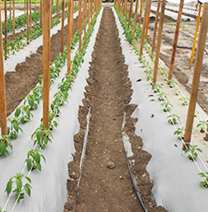
- Soil management
A soil free of weeds, dirt or other objects is less susceptible to frost. With this it can be achieved that more radiation (heat) is absorbed during the day, which will be given off at night.
-
Protective covers or meshes
It is an element that, extended as a cover over crops, varies solar radiation and heat. The use of thermal screens achieves production increases of up to 30%, thanks to the ability to manage the heat collected during the day, spread it and maintain it during the night, a period in which temperatures drop.

- Coats and insulators
They can be made of fiberglass or foam rubber, which are great heat insulators for plants. They have a moderate duration time. They also help rapid regeneration in the event of a frost and their cost is relatively cheap. One drawback is that they can be more difficult to install and manipulate.
To protect the base of trunks and stems of some plants or fruit trees, it is possible to surround them with flexible materials that act as insulators from the cold.
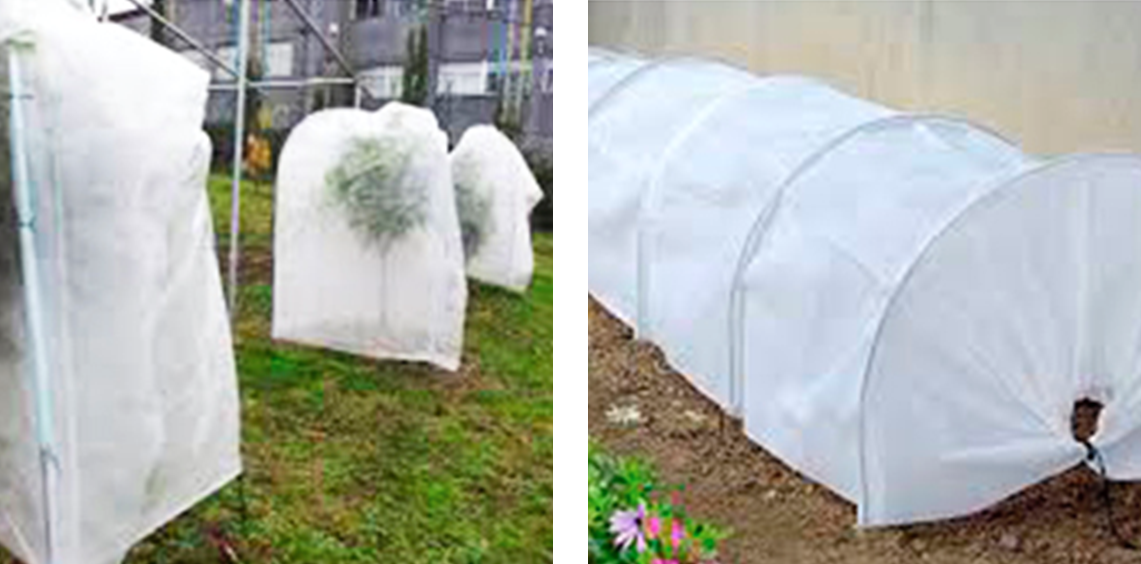
-
Use of nutritional and biostimulants
Through the use of nutritional or biostimulant products, the plant can be prepared to better withstand the stress conditions generated by a frost, so that the damage caused by it is less and/or to help it overcome stress better and faster. suffered and the damage caused.
From Cultifort, we want to offer a series of recommendations in this regard, which can be used together or alternatively, depending on the severity of the frost, the time of treatment or the damage caused.
SPIRALIS LONG LIFE and its ECO version are a first treatment alternative. It is a formulation based on organic acids and selected peptide complexes, related to green and red algae, which produce structural changes in the plant at the level of lignification in its cell wall, increasing the synthesis and accumulation of callose and lignin and, offering a physical barrier against abiotic stress. In addition to this, it produces a response at the cellular level in the plant that consists of activating the synthesis of molecules with a high defensive capacity, which would protect the plant from possible attacks by pathogens after the frost, at which time it would show more susceptible to this type of physiopathies.
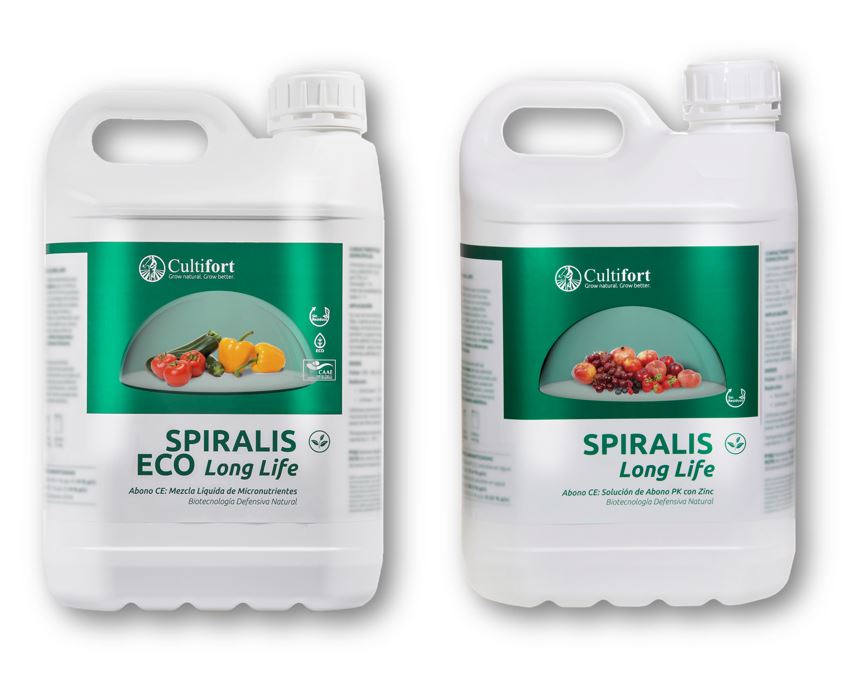
Another treatment alternative would be the use of CultisilK, a formulation based on silicon and potassium. Silicon provides anatomical changes in the structure of cells, providing mechanical resistance to tissues (among many other beneficial effects), while potassium works as an osmotic regulator helping the plant maintain good cell turgor. Both effects combined provide the plant with better conditions and possibilities to withstand abiotic stress conditions. If you want to know more about the effects of silicon on plants, click here.
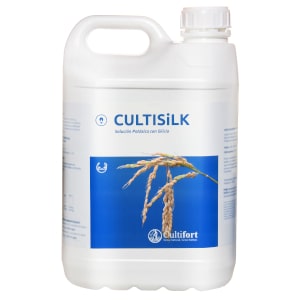
We have analyzed two alternatives to prevent possible damage caused by frost, but what if we have already suffered frost? In this case, the treatments should be focused on strengthening the plant, recovering its vegetative development in a balanced way (without excess vigor) and, as far as possible, saving the harvest or what is left of it and/or ensure or guarantee the harvest of the following campaign.
BVC 2021 is an appropriate biostimulant for this type of situation. Its versatility makes it suitable for any phenological phase and its formulation turns out to be ideal for this type of situation. Its combination of algae in emulsion and amino acids produce in the plant the activation of its physiological and metabolic processes, even under adverse conditions, activating the synthesis of chlorophyll and increasing the rate of photosynthesis and stimulating cell division and the formation of new tissues, among others. BVC 2021 will induce the beginning of the vegetative activity of the plant, will stimulate the formation of leaves and flowers, will improve the quality of the fruits and will increase the resistance of the plant to low temperatures and adverse weather conditions. With BVC 2021 we will also be providing reducing sugars, which will act as a respiratory substrate, providing energy and facilitating the assimilation of nutrients by the plant.
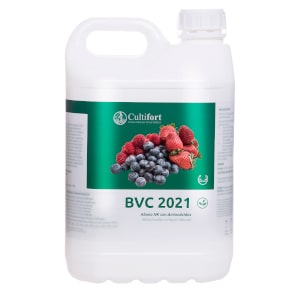
In conclusion, we can say that it is very important to protect crops from cold and low temperatures, since apart from the moral damage, the economic loss can be very high. We have seen that there are several methods to mitigate the effects of frost on crops, which can be preventive and protective. All these methods will allow us to be prepared and choose the appropriate strategies for any eventuality that has to do with low temperatures.

